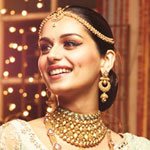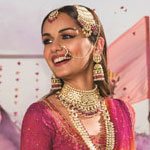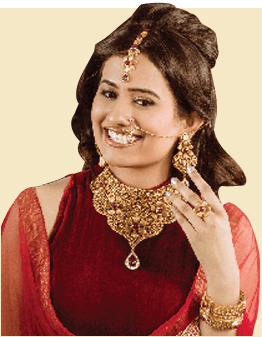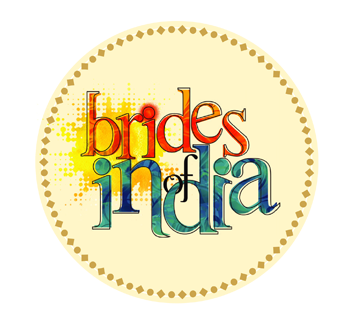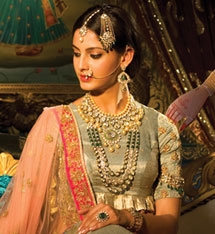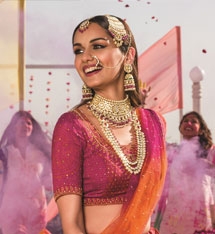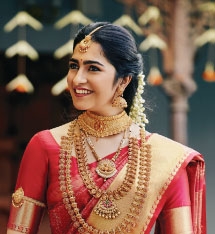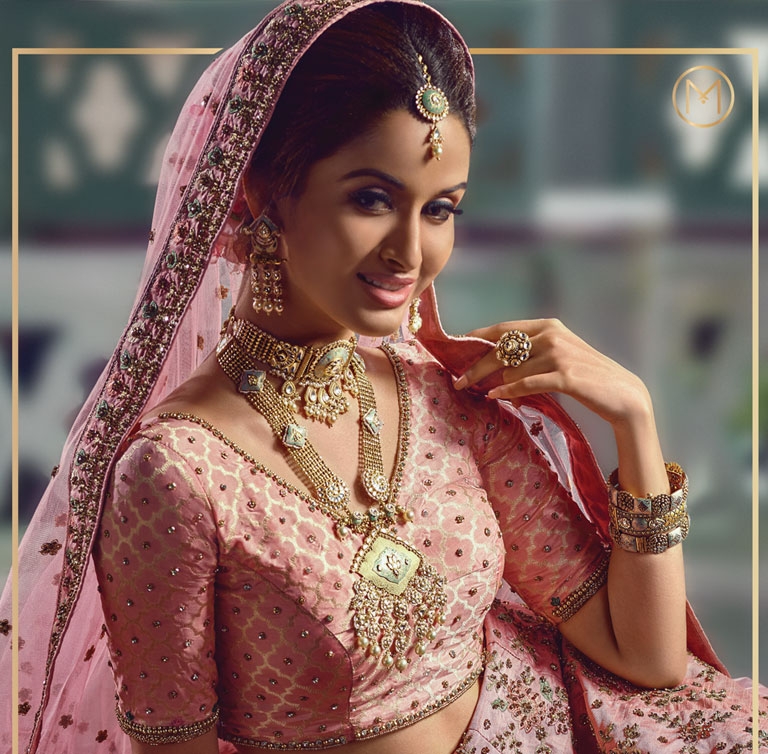-
Home2023 EditionEditionEditionCelebration brideCelebration BrideRoyal bride6Fashion brideFashion Bride
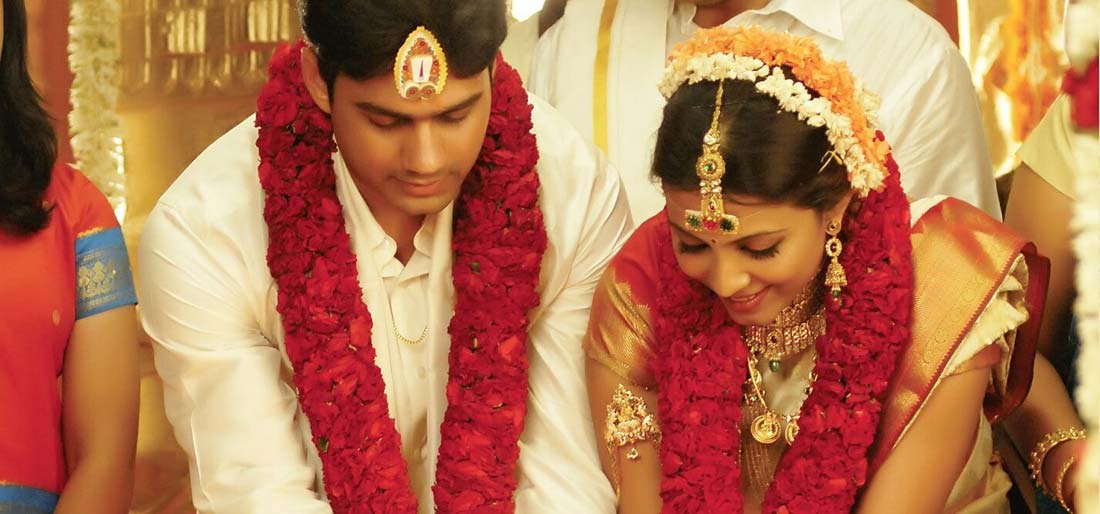
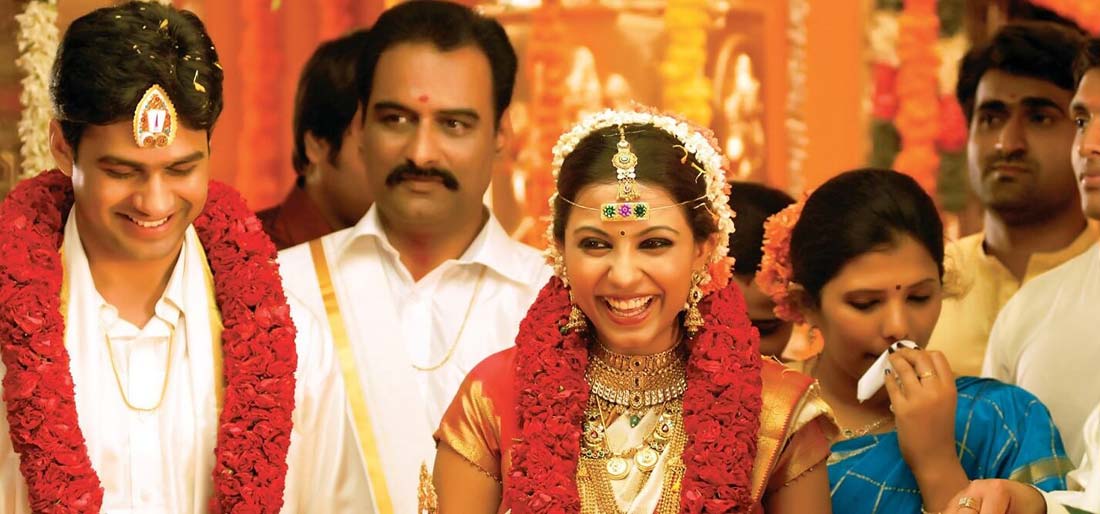
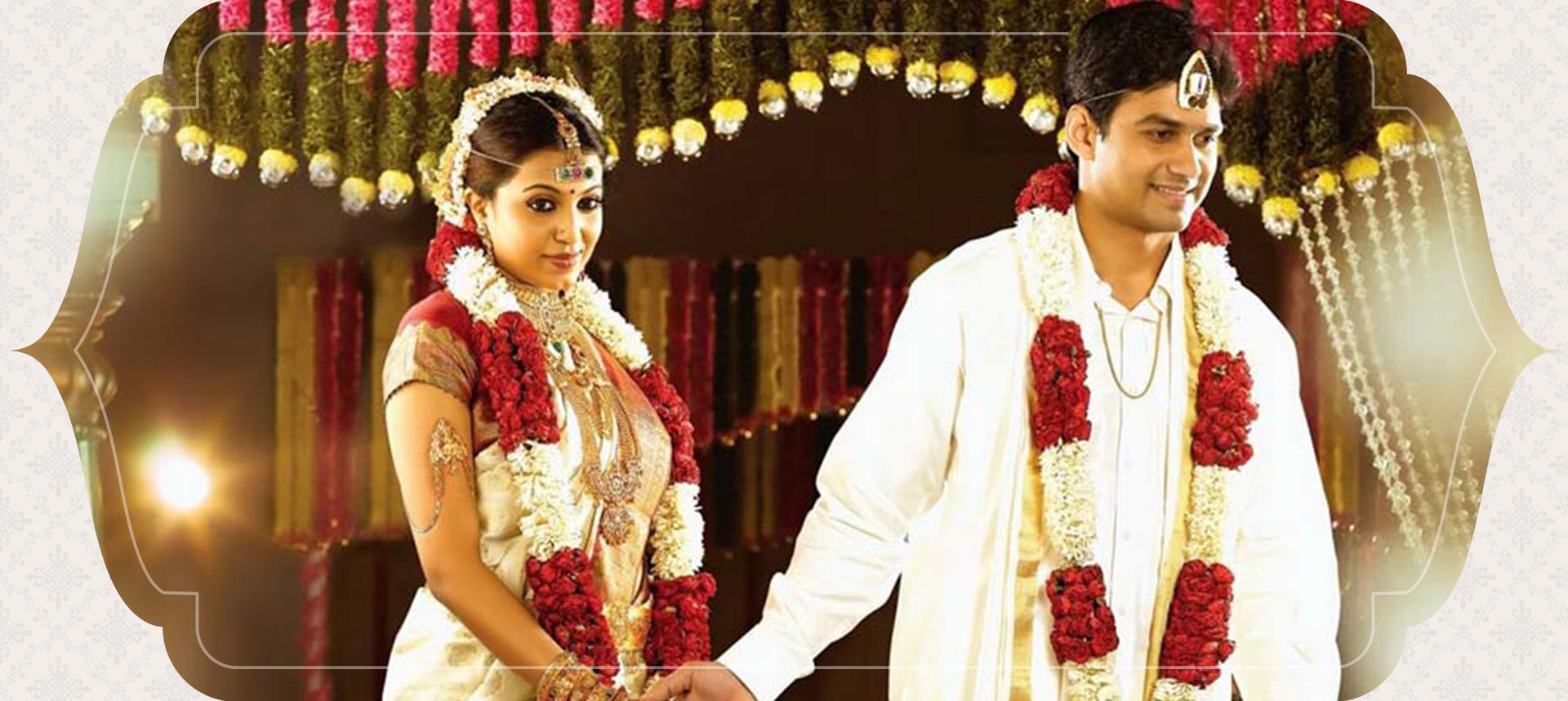
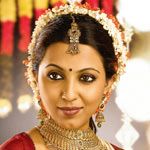
Andhra Reddy
- HOME
- South Indian Bride
- Andhra Reddy
BackRituals
Rituals that are followed before the main wedding ceremony
As mentioned above, there are innumerable pre-marriage rituals and ceremonies that start from the bride as well as the groom’s family. There is a specific chronological order in which these rituals take place. They are as follows:
Nischithardham/Muhurtham
– After the initial talks between the family members of the bride and the groom, the muhurtam is the formal and final engagement between the groom and the bride. The priest is summoned and an auspicious date for the wedding is fixed in presence of the two families. When both the families agree on a particular date that is finalized. After this, would be mother in law of the bride gives gold jewelry, clothes and silverware to the bride as blessings.
Pendlikoothuru – This ceremony takes place one or two days before the wedding day at both the bride and the groom’s house separately. In this ritual, naluga (paste of flour and turmeric) with aromatic oils is smeared on the body of the bride and the groom. On completion of the ritual, they take bath and put on new clothes. Fresh flowers are a must for the bride to be put in her hair. All the married women present at the occasion are given sweets, flowers, betel leaves and bangles as gifts and they bless the bride and the groom in return.
Snathakam – In this ritual, a silver thread is tied on the body of the groom. This is a very important part of Andhra Reddy wedding and can be done before the muhurtam as well.
Kashi yatra – This ritual is an extremely funny one and is done with the groom solely. Once the silver thread is tied in the snathakam ceremony, the groom shows as if he is leaving for some pilgrimage by shunning all the worldly pleasures, duties and responsibilities towards family and society. When he begins his walk towards the door of the house taking just minimal essential things, the bride’s brother confronts him and stops him by reminding him of his duties and responsibilities. He also offers his sister’s hand for wedding. This seems to please the groom and he finally gives his assent for the marriage.
Mangala Snanam – This ceremony takes place on the morning of the main wedding when the groom and the bride are taken for ceremonial baths. An auspicious time is decided for the ceremony. After the bath is over, the bride and the groom can carry out the other following rituals.
Aarthi – On completion of the bathing ritual aromatic oils are smeared on both the bride and groom. This is followed by an aarthi. A small lamp is lit and placed on a plate with some more ingredients and circled in front of the bride and the groom in their respective houses. This is done as a prayer for the well being and wisdom of the couple and is an important ceremony of the wedding.
Gauri Pooja – Once the aarthi is over, the bride offers prayers to Goddess Gauri. She is the symbol of fertility, triumph of good over evil and motherhood and the would-be-bride seeks blessings in these regards.
Ganesh Pooja – After the aarthi takes place, the groom gets ready to go to the wedding venue. The first thing that takes place in the mandap is that of Ganesh Pooja and the groom has to take part in the same. This pooja is performed so that the wedding goes well without any hindrances as well as for a happy and prosperous married life.
Rituals during the wedding ceremony
Kanyadaan – With kanyadaan, the main rituals of Andhra Reddy wedding begins. The bride is carried to the mandap in a bamboo basket. The maternal uncle of the bride carries her. There is a curtain so that the bride and the groom cannot see each other as a ritual. To receive blessings from last seven generations of ancestors of both families, the priest says mantras to invoke them. Parents of the bride then wash the feet of the groom as a mark of reverence.
Jeerakalla-bellamu – Now, the priest starts chanting the wedding shlokas with the curtain still existing between the bride and the groom. A paste of cumin seeds and jaggery is made and the bride and groom smear the same on each other’s hands. The paste signifies an inseparable mixure, while the cumin is little bitter, the jaggery is sweet. The relation that the couple should have should be like the paste so that they are together in good and bad times, during thick and thin. The time for this ceremony is very vital and takes place at the most auspicious hour.
Madhuparkam – In this ritual, both the bride and the groom have to change their dress. The bride adorns a white sari with a red border, while the groom wears white dhoti with red border. The red and white combination stands for strength and purity respectively.
Sumangali – The bride comes back to the wedding mandap along with 10 sumangalis (married ladies). Six ladies have plates full of rice and turmeric powder mixed together; while the remaining four have small lamps on a plate. The lamps are made from sugar, rice flour and milk. While the lit lamps signify light and sweetness, the rice is a symbol of abundance.
Mangalsootram – At this point in the wedding ceremony, the curtain is removed. Certain prayers are offered after which the groom has to tie two strings of mangalsootra individually around the neck of the bride. Three separate knots have to be tied signifying physical, spiritual and mental union. Next homage is paid to the Pole Star and Vasistha-Arundhuti.
Kanyadaan Akshata – It is time to exchange the garlands after tying the mangalsootra. Friends and relatives present there sprinkle turmeric mixed rice (akshata) and flowers on the couple as their blessings and wishes.
Saptapadi - This is the most important ritual in any Hindu wedding ceremony and Andhra Reddy marriage is no different. After tying a part of the bride’s saree to the groom’s dhoti, the couple has to go around the sacred fire seven times. Also known as saat-phera, this ritual is about taking seven oaths for a happily married life. The couple wishes and prays for honour, health, nourishment, prosperity, strength, comfort and spiritual development. Once the feras are over, the bride and groom and their families are showered with gifts in the form of clothes, jewelry, other ornaments etc.
Sthaalipaakam – This is the last ritual of the wedding ceremony. The groom makes the bride wear silver toe rings by his own hands. This ceremony signifies that the groom bows down to the bride to make her his own. A string of black beads is also given to the bride for wearing for warding off evil forces. The toe rings, mangalsootra and black beads are symbol of a married woman in Andhra Reddy caste.
Rituals after the marriage
There are some ceremonies that continue even after the marriage ceremony gets over.
Griha pravesham – After the marriage ceremony is over, the bride has to go to the groom’s house where she is welcomed by her mother in law and other family members. A small kalash full of rice is kept at the door from where the bride will enter. While entering, the bride has to gently kick the kalash with her right foot so that it falls and the rice overflows. It signifies that the household will be prosperous with her entry.
Uniting the mangalsootram – This is the last of the ceremonies of Andhra Reddy marriage. After 15 days of wedding, on the 16th day, the two separate mangalsootras are tied into one. This signifies the coming together of two people as well as two families. It is mandatory for the bride to put on a new sari and wear jewelry and ornaments before this ceremony.
It is quite interesting to see that each ritual in the wedding carries some meaning and significance with it. It is said that following the rituals religiously is sure to give a long and prosperous marital life to the couple.Useful Links Scheme Payment(India only)
Make an Appointment Build your Custom Jewellery Smart Buy Offers New Arrivals Exclusive CollectionCustomer ServiceMalabar Gold & Diamonds
402, Valecha Chambers, Plot No. B-6,
New Link Road, Opp. Infinity Mall,
Andheri (W) ,
Mumbai - 400053. +91 22 62300916 care.in@malabargoldanddiamonds.com
